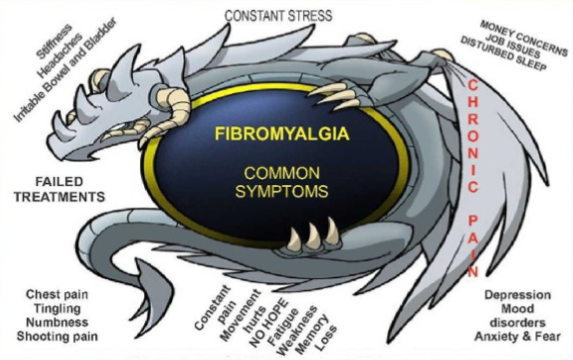Academy of Ergonomics and Neuromusculoskeletal Rehabilitation is organizing a two days hands on workshop on "Basic Office Ergonomics and Ergonomic Workplace Analysis" in Bhopal & Delhi.
Give a boost to your earning now.
Bhopal : 15th & 16th November '14 9:00 am to 5:00 pm
Hotel Royal Vilas, Near Board Office Bhopal Madhya Pradesh
Early Bird Registration till 15th Oct '14 - Rs. 3500
Later - Rs. 4000
Delhi : 29th & 30th November '14 9:00 am to 5:00 pmHotel LaSuite, East Patel Nagar Rajindra Place, Pusa Road, New Delhi
Early Bird Registration till 30th Oct '14 - Rs. 3500
Later - Rs. 4000
Account No. 33561972315
Name : Ajay Kumar Upadhyay
Branch Name : Danish Kunj Bhopal
Branch Code : 10171
IFSC : SBIN0010171
Once payment is deposited please text your full name (as you need on your certificate), city, transaction details & e-mail id. You'll receive an invoice from our side for confirmation of payment and registration. Retain the invoice as you will need to be shown on the day of workshop.
First time in Central India; Second time in North India
Hurry up and get the benefit of Early Bird Registration. Give a boost to your earning now.
Bhopal : 15th & 16th November '14 9:00 am to 5:00 pm
Hotel Royal Vilas, Near Board Office Bhopal Madhya Pradesh
Early Bird Registration till 15th Oct '14 - Rs. 3500
Later - Rs. 4000
Delhi : 29th & 30th November '14 9:00 am to 5:00 pmHotel LaSuite, East Patel Nagar Rajindra Place, Pusa Road, New Delhi
Early Bird Registration till 30th Oct '14 - Rs. 3500
Later - Rs. 4000
For Registration -
Mode of Payment: - Deposit Cash/Transfer through Net Banking/Cash
State Bank of IndiaAccount No. 33561972315
Name : Ajay Kumar Upadhyay
Branch Name : Danish Kunj Bhopal
Branch Code : 10171
IFSC : SBIN0010171
Once payment is deposited please text your full name (as you need on your certificate), city, transaction details & e-mail id. You'll receive an invoice from our side for confirmation of payment and registration. Retain the invoice as you will need to be shown on the day of workshop.
Check out the brochure attached for Modules with subtopics within and other details.
Workshop fees includes Certificate with transcript of 16 Credit hours, CD with workshop total material (& recent research papers) and Catering for daytime.
Objective of the Workshop - This training will teach you how to perform an ergonomics analysis applicable in the industry, healthcare, and office workplace. It will help you to identify potential hazards that contribute to the development of musculoskeletal disorders. You’ll learn the element and application of an Ergonomics Jobsite Analysis forms and other basic ergonomic assessment tools. Using best practices, the instructor will guide you the implementation of cost-effective, high-impact solutions for prevention of workplace injury. You will be able to crack practical solutions for risk reduction and increasing employee productivity. Workshop will be more hands on emphasizing on practical aspects.
Who Should Attend -
Physiotherapists,
Occupational Therapists, Physiotherapy Students, Interns, Certified
Safety Professionals, Ergonomists, Industrial Hygienists
For further queries contact Dr. Ajay Upadhyay +91 95841 88003
Best Regards
Ajay Upadhyay
Course Coordinator
+91 95841 88003
ergo4otpt@gmail.com
Gayatri Ajay Upadhyay
Course Instructor
Ajay Upadhyay
Course Coordinator
+91 95841 88003
ergo4otpt@gmail.com
Gayatri Ajay Upadhyay
Course Instructor
Ergonomics and Neuromusculoskeletal Rehabilitation










.jpg)


























